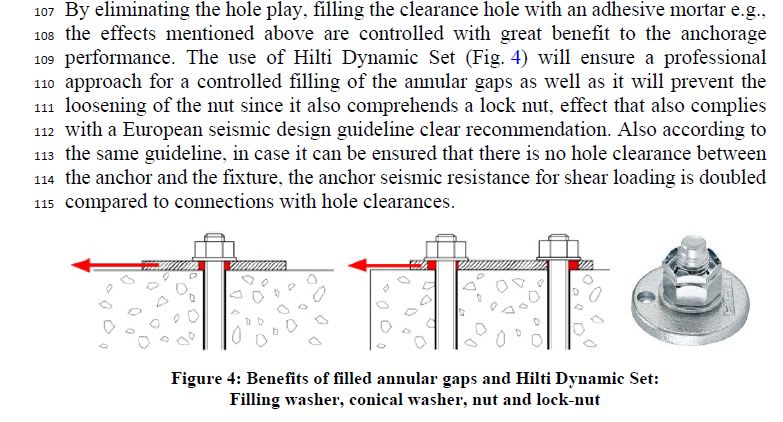Samwise Gamgee
Structural
- Oct 7, 2021
- 115
I had a question regarding the installation process for a baseplate that is designed to transfer Shear Loads. From what I understand to engage all anchor bolts to transfer shear at the same time, we use plate washers. Are the plate washers welded on the baseplate first and then the anchor rods which are out of plumb forces through them ? Or do they install the baseplate , force the anchors through the holes and then put plate washers and weld them in place ?

